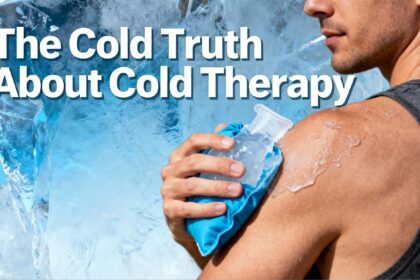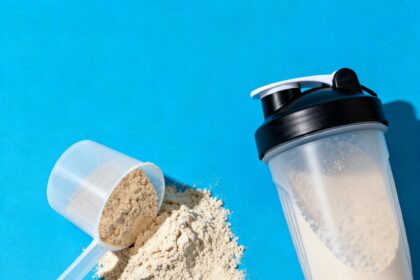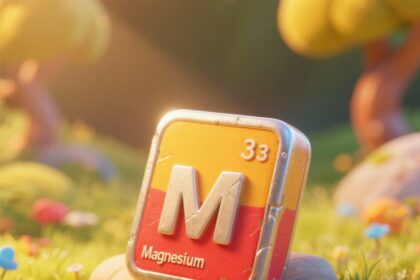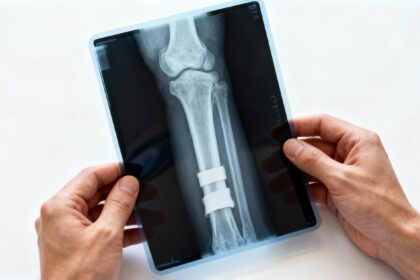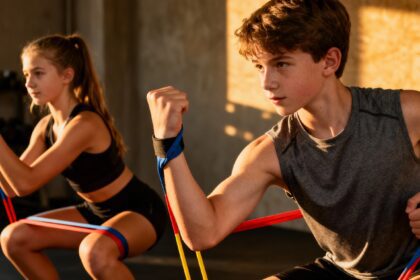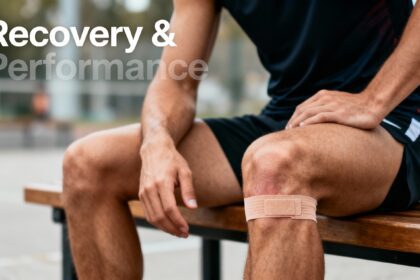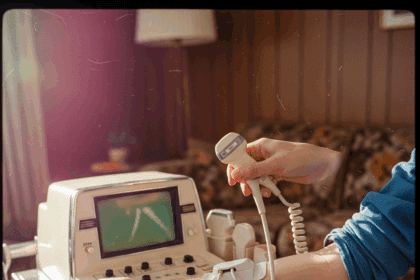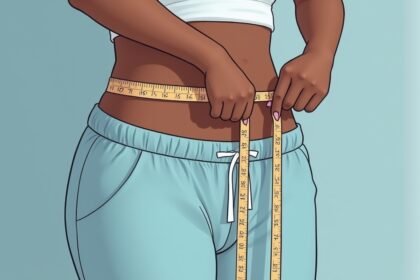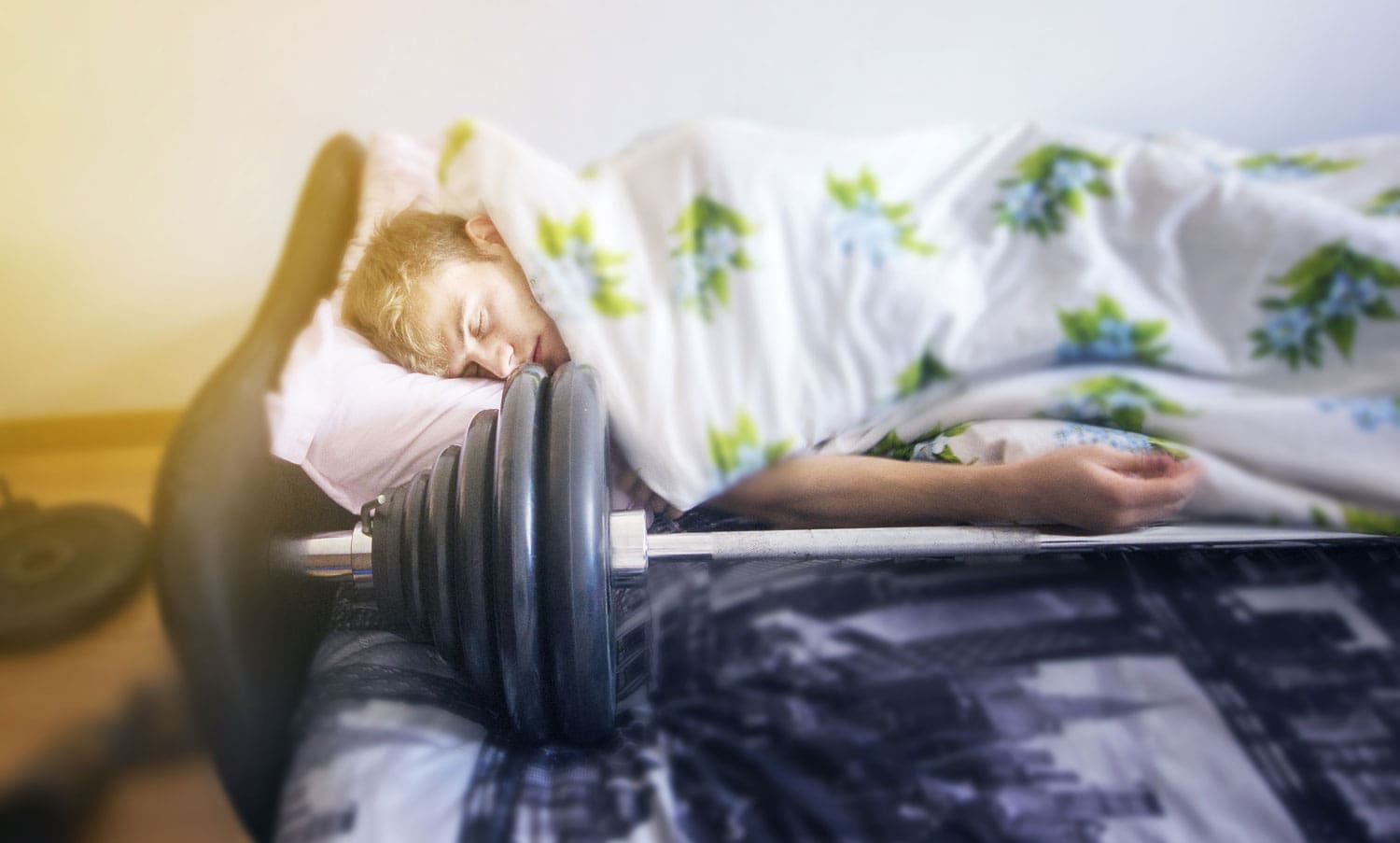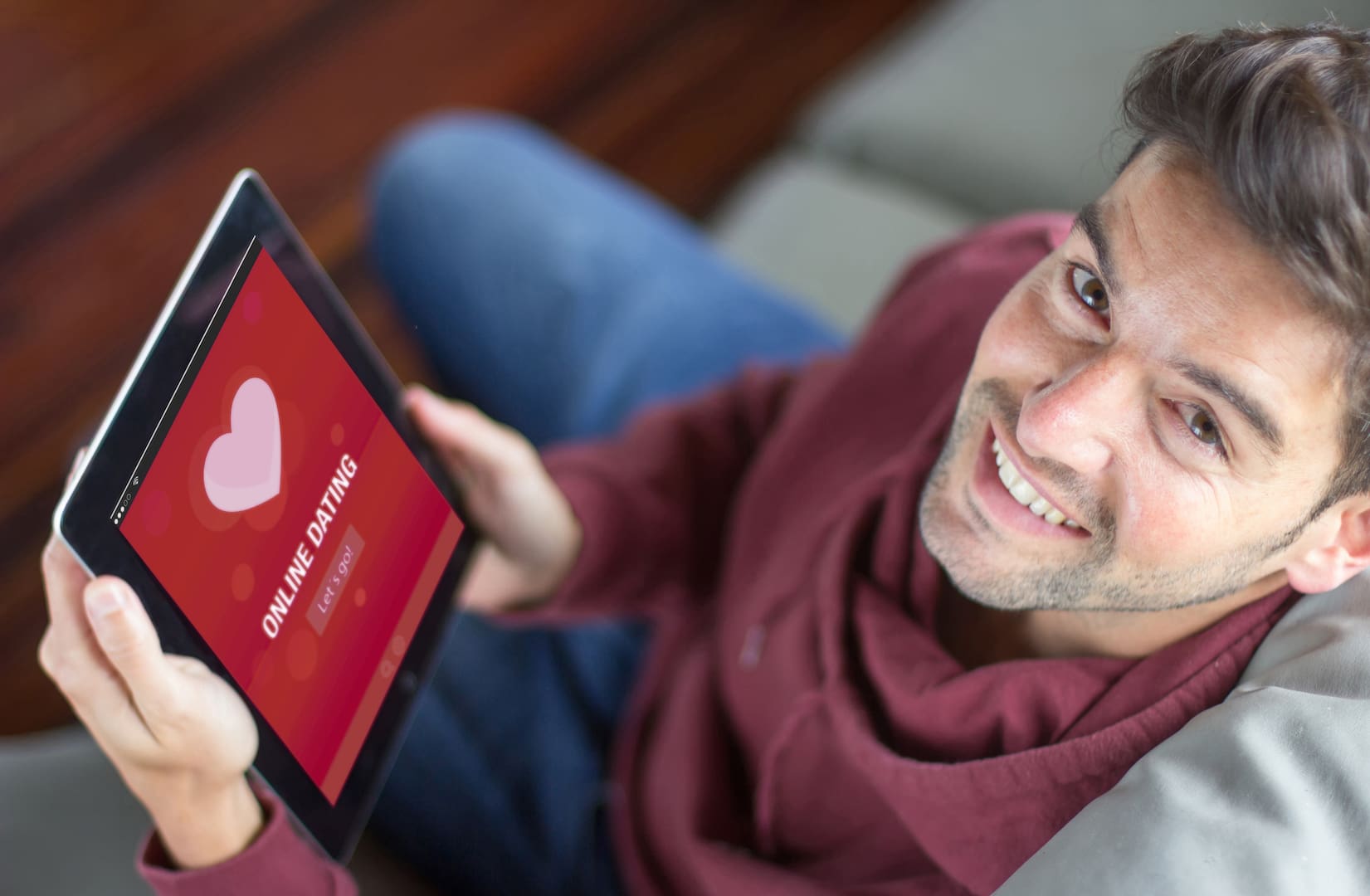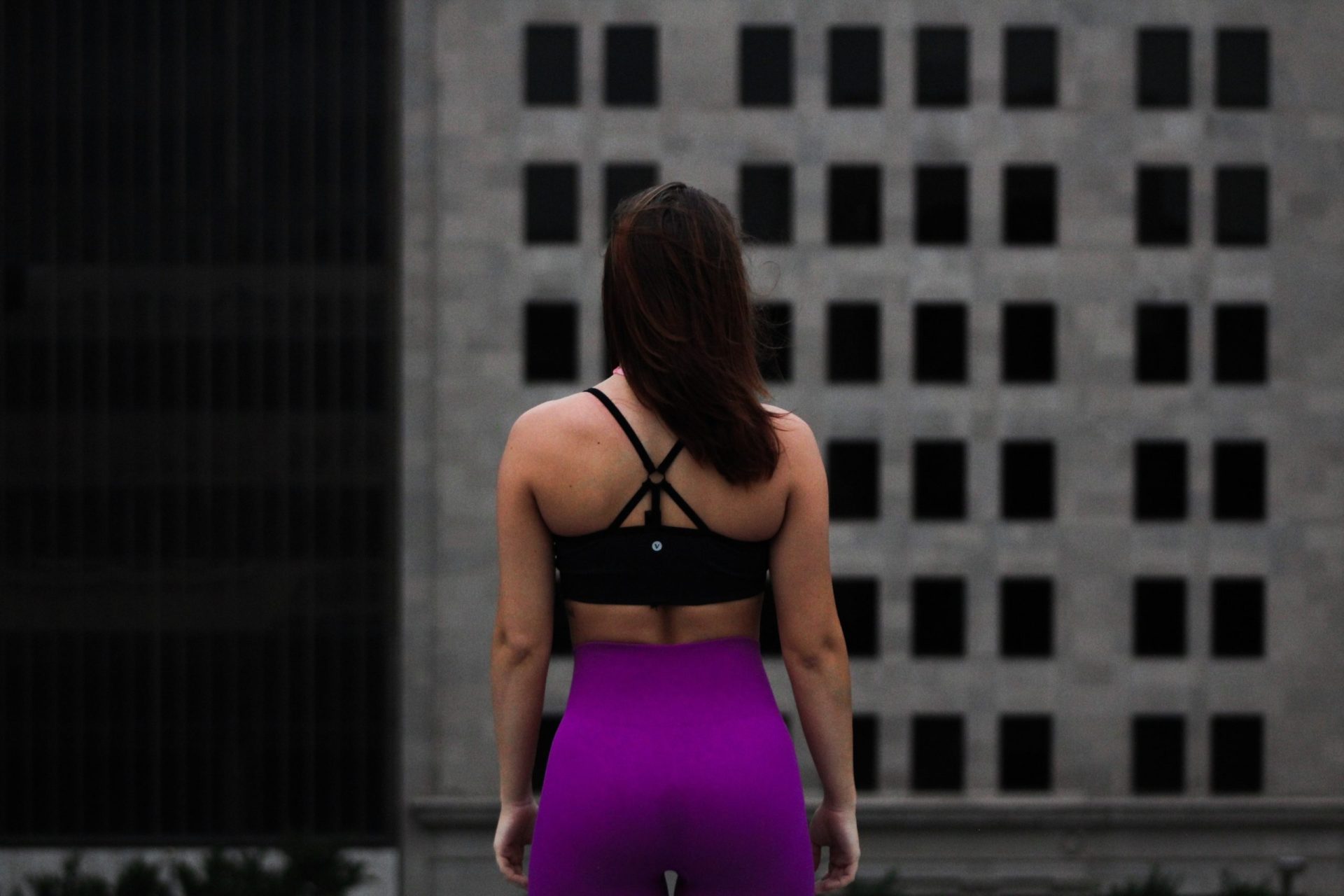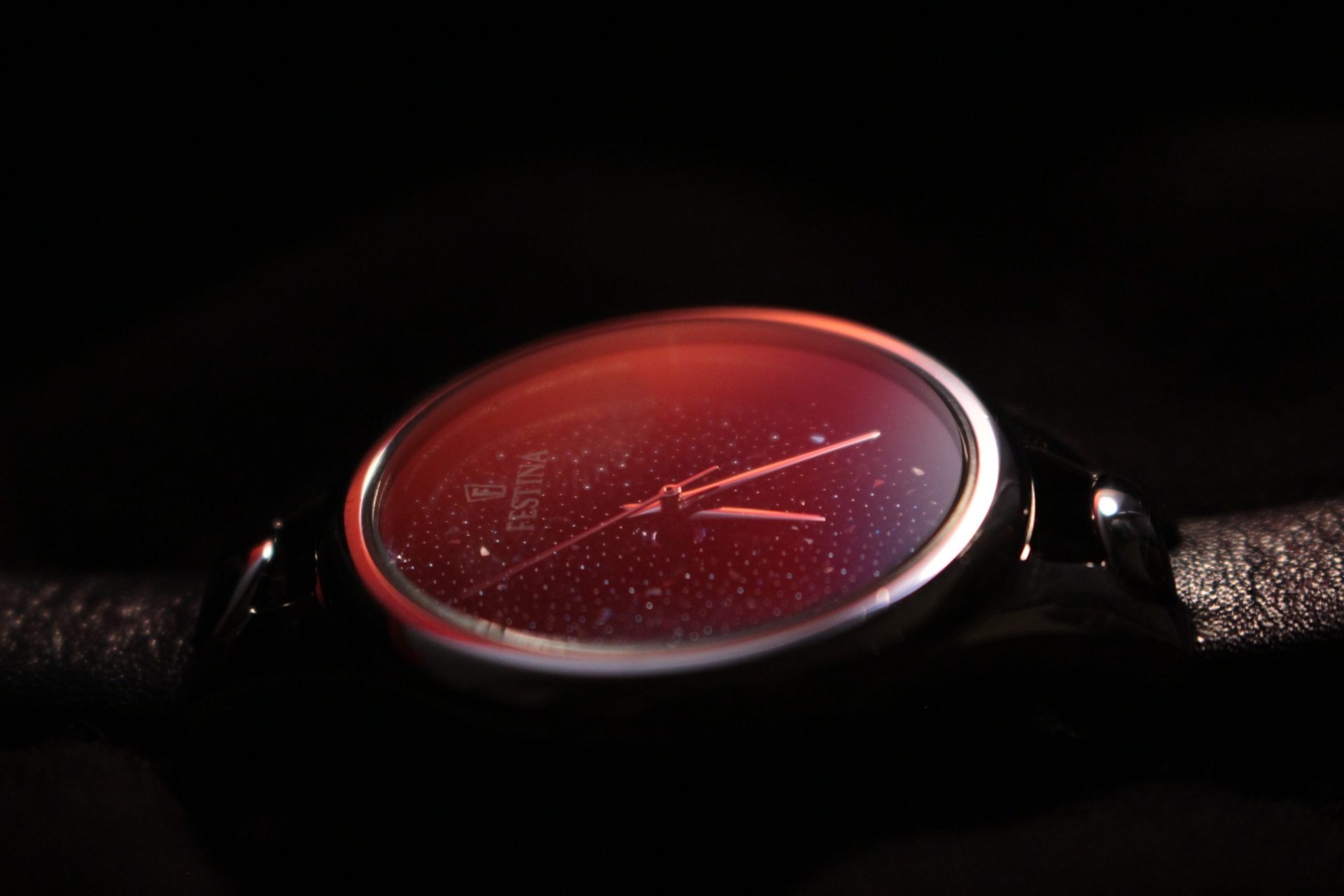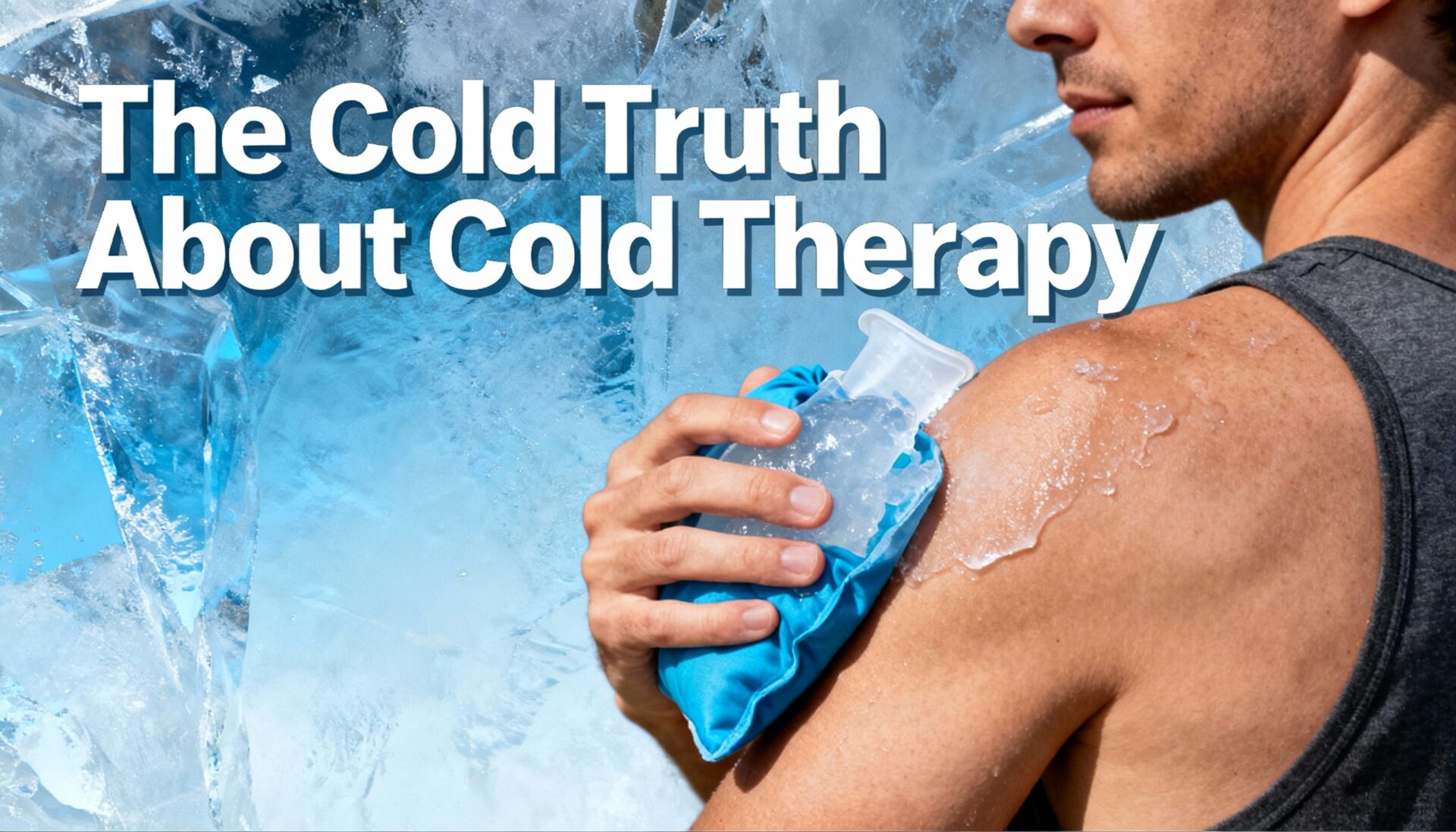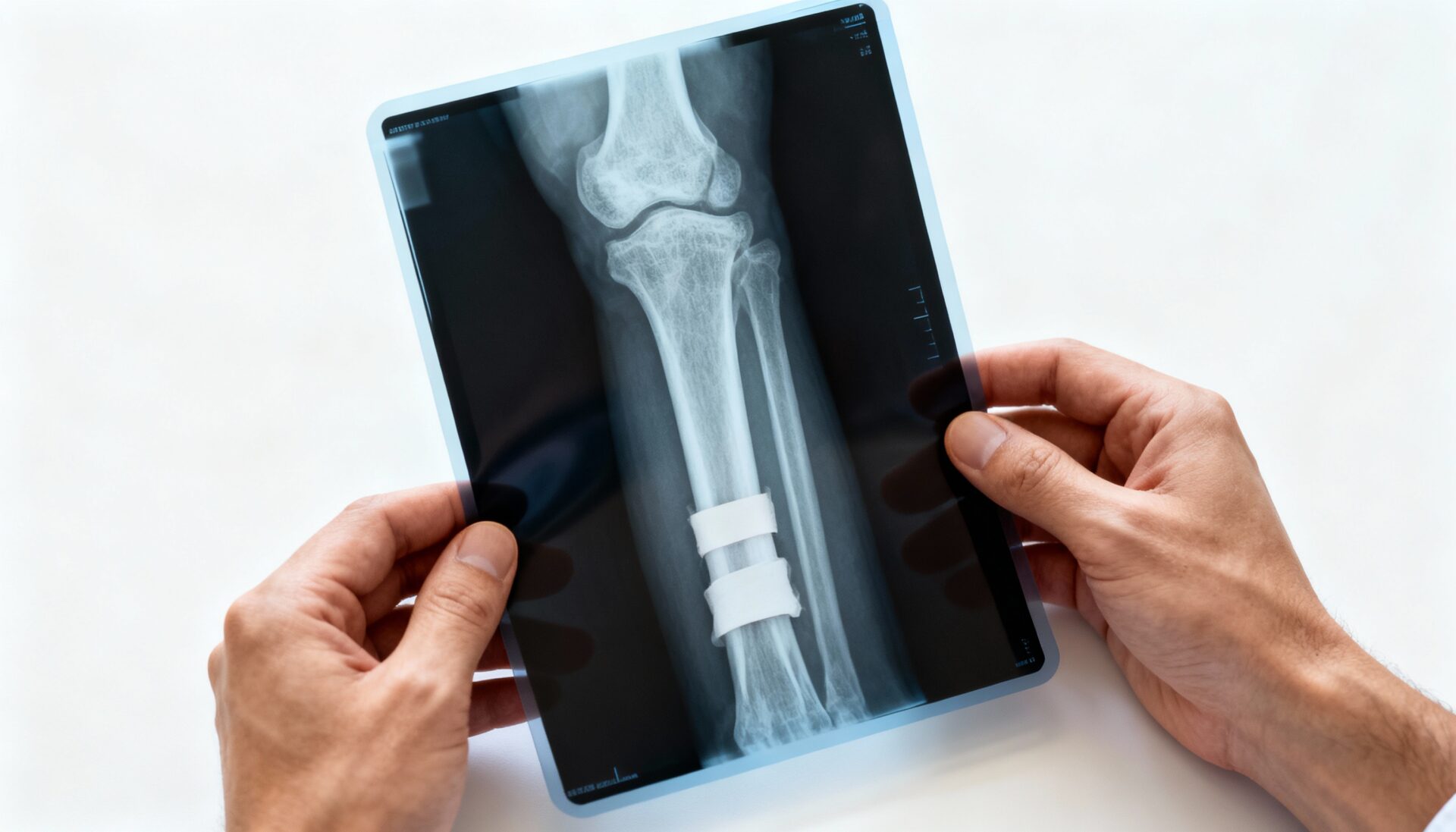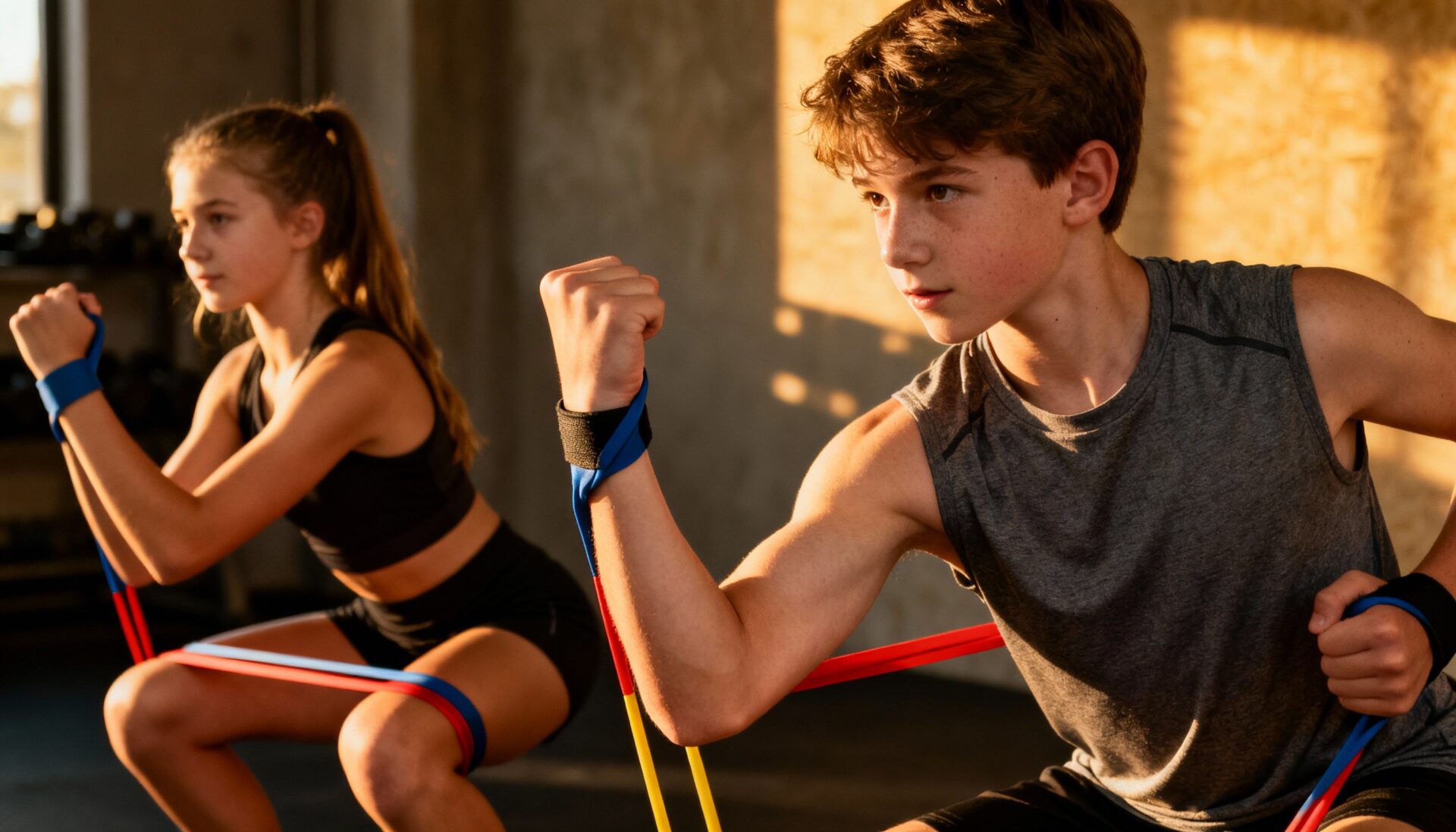By Muscle Media
After experiencing significant discomfort and disfunction, you may have gone through a physical examination, x-rays and an MRI for your troubled shoulder. The result may have been a diagnosis of a rotator-cuff tear. What started as arm and shoulder pain ends with a doctor’s suggestion of an immediate surgery. But, effective rotator-cuff tear physical therapy may just save you from having to go through surgery. There are many options available including out-patient clinics, or through therapist-assisted home care.
Common
The tear of a rotator-cuff tendon on the shoulder is the most common tendon injury in the human body. It may be the result of chronic impingement and tendon abrasion between the shoulder cap and the shoulder ball- joint. This wear is similar to kneeling until the knee-part of your jeans fray and your knees finally tear through. Tears of this kind may occur with little or no identifiable trauma. In the case of patients over 40-years old, rotator-cuff tears may occur despite normal tendon strength. However, in younger patients’, rotator-cuff tears generally occur as a result of acute tendon overload from strenuous throwing sports. A tear may also result from incorrect weightlifting practices.
ADLs
Correcting a rotator-cuff tear requires realistic expectations. These are important when planning to return to normal Activities of Daily Living (ADLs) including work or sports participation. Jobs often need to be modified for many months during rehabilitation. This is especially important when tears are large. They may be serious enough to prevent a return to activities that may re-tear the cuff.
Treatment
Four separate muscles make up the rotator cuff. The muscles work together to rotate the shoulder, help stabilize the shoulder, and act to depress or hold the shoulder down. With these numerous rotator functions, it is best to get the least risky and damaging treatment options. Rotator-cuff tear physical therapy emphasizes strengthening the intact rotator cuff tendons and deltoid and restoring the functional use of the shoulder. Rotator-cuff tear physical therapy attempts to reduce the painful symptoms in part or totally. Anti-inflammatory medications are often used together with the rotator-cuff tear physical therapy to help to ease the symptoms. But, if these are not effective, diagnostic tests and surgery may be the next logical step.
Surgery
If you have unsuccessfully tried physical therapy and have been recommended for surgery, you should seriously consider it. But before surgery, understand that the most frequent complications of rotator-cuff tear surgery are the incomplete resolution of pain and inadequate restoration of full active motion and strength. Less than 0.5% of patients see infections. Neurological or anesthetic complications are exceedingly rare. Overall, resolution of pain and improvement in functional capabilities occurs in over 85% of patients.
Aftercare
Nevertheless, you would still need post-arthroscopy surgical aftercare. Rotator-cuff tear physical therapy is of the utmost importance for the first 2-months after surgery. Regain shoulder motion initially through passive exercises only. This helps minimize pain and stiffness while protecting the repair. Slowly but surely, active motion and strengthening will be regained, through physical therapy based aftercare and rehabilitation.

